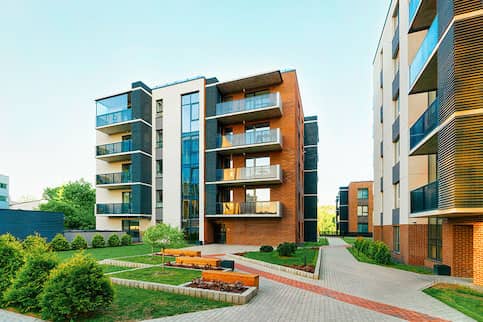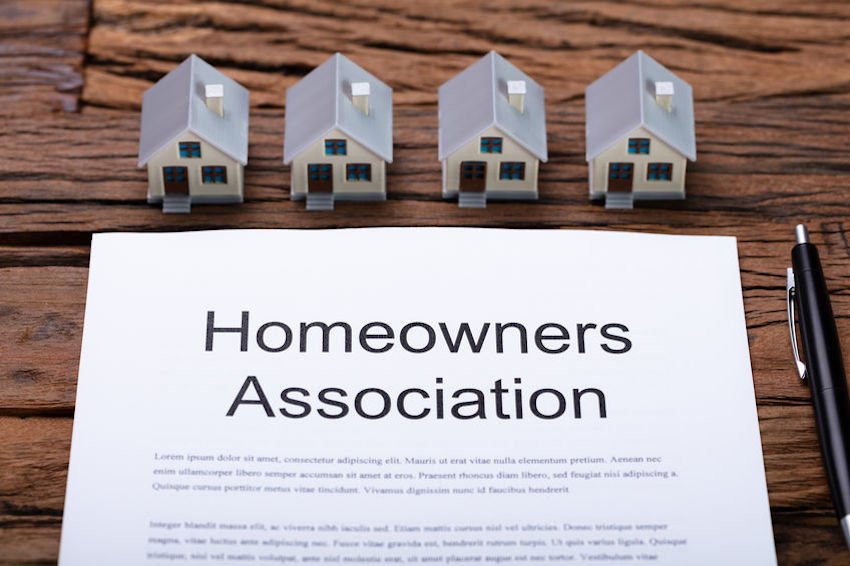HOA Condo Living: Searching For Your Perfect Community
HOA Condo Living: Searching For Your Perfect Community
Blog Article
The Function of an HOA in Developing and Enforcing Community Standards for Locals
The role of a Homeowners Association (HOA) in establishing and enforcing area standards is essential to maintaining a organized and cohesive domestic environment. By creating clear regulations that control elements such as residential property upkeep and community conduct, the HOA not just establishes requirements for residents yet additionally promotes a sense of belonging and liability.
Recognizing Property Owners Associations
Homeowners organizations (HOAs) work as governing bodies for household neighborhoods, playing a critical function in maintaining property worths and fostering a feeling of neighborhood. Typically created by developers, HOAs are made up of house owners within a marked area that elect a board to manage the association's tasks. The primary features of an HOA include implementing community policies, managing usual areas, and arranging neighborhood events.
HOAs run under a set of controling files, consisting of agreements, constraints, and conditions (CC&R s), which detail the rights and obligations of home owners. These regulations aim to make certain that residential properties are maintained to a specific requirement, therefore protecting the aesthetic charm and total worth of the community. Additionally, HOAs typically accumulate charges from homeowners to fund maintenance, landscaping, and other neighborhood solutions.
The visibility of an HOA can significantly influence the living experience within a neighborhood (hoa condo). While some locals appreciate the organized environment and services offered, others might find certain policies restrictive. Balancing the interests of all property owners is necessary for an HOA to work successfully, ensuring that it offers its desired objective of boosting area living while appreciating private house owner legal rights
Developing Community Standards

To start, an HOA must perform studies or hold conferences that permit homeowners to articulate their recommendations and issues. This participatory process fosters a sense of ownership and increases conformity. Next off, the HOA board have to assess the responses to recognize common themes and priorities that warrant official incorporation in the standards.
It is likewise vital to make sure that the guidelines are clear, concise, and conveniently recognized. Obscurities can cause problems and misconceptions, weakening the purpose of the standards. The guidelines need to be detailed, covering various facets of neighborhood living, including building maintenance, noise degrees, and use of typical areas.
Enforcement of Regulations
Efficient enforcement of area policies is essential for keeping order and making sure that all locals comply with the established standards. An HOA should implement a structured technique to impose these guidelines, which frequently involves a combination of surveillance, communication, and penalties for non-compliance.
First, routine inspections and area patrols can aid recognize violations, making sure that regulations are constantly applied throughout the community. This proactive monitoring permits the HOA to address issues before they rise, promoting a sense of accountability among homeowners.
2nd, clear communication is important. Residents ought to be informed of the rules and the procedures for reporting violations. An open line of interaction urges homeowners to voice issues and seek clarification on guidelines, which can enhance compliance.

Last but not least, when offenses happen, the HOA should implement effects as described in the regulating papers. By properly implementing policies, an HOA can grow a harmonious living environment that shows the collective values of its citizens.
Benefits of HOA Regulations
Many advantages arise from the implementation of HOA regulations, which offer to enhance the top quality of life within a neighborhood. One main benefit is the upkeep of residential or commercial property values. By implementing requirements for aesthetic appeals and maintenance, HOAs guarantee that homes and usual areas remain eye-catching, cultivating a desirable living environment that can result in increased home values with time.
Furthermore, HOA regulations advertise uniformity and harmony within the community. you could try these out This coherence in layout and maintenance assists to develop a feeling of belonging among homeowners, adding to neighborhood pride and a favorable ambience. Established standards assist in conflict resolution among next-door neighbors by providing clear expectations and protocols for behavior, consequently reducing disputes.
An additional considerable benefit is the arrangement of shared amenities and services. Lots of HOAs take care of community centers such as parks, swimming pools, and clubhouses, which improve entertainment opportunities for citizens. These services not only enhance the top quality of life yet likewise encourage social interaction.
Ultimately, the policies stated by an HOA grow an efficient, harmonious area, guaranteeing that locals delight in a high requirement of living while promoting an encouraging setting for all property owners.
Typical Obstacles Encountered by HOAs
Amidst the benefits that homeowners organizations (HOAs) can provide, they also experience a variety of obstacles that can hinder their performance. Numerous property owners may not get involved in conferences or neighborhood tasks, leading to a detach in between the HOA board and homeowners.
Conflicts can occur when homeowners really feel that enforcement is inconsistent or biased, possibly leading to disputes within the community. Furthermore, HOAs commonly deal with economic constraints, which can limit their ability to keep common areas or fund neighborhood jobs.
Furthermore, browsing lawful complexities can be daunting for HOAs. Evolving and altering demographics community needs require HOAs to adjust their guidelines, typically meeting resistance from long-standing citizens who are accustomed to conventional norms.
Final Thought

By creating clear guidelines that govern elements such as residential property upkeep and neighborhood conduct, the HOA not only establishes requirements for locals yet additionally more tips here cultivates a feeling of belonging and accountability.Homeowners associations (HOAs) serve as governing bodies for residential areas, playing a crucial function in preserving check this site out home worths and cultivating a feeling of neighborhood. Numerous property owners might not participate in meetings or neighborhood tasks, leading to a disconnect in between the HOA board and homeowners. Advancing and transforming demographics neighborhood needs call for HOAs to adjust their guidelines, commonly fulfilling resistance from enduring citizens that are accustomed to typical standards. Through the development of clear laws and constant enforcement, HOAs promote building maintenance, area satisfaction, and trust fund among homeowners.
Report this page